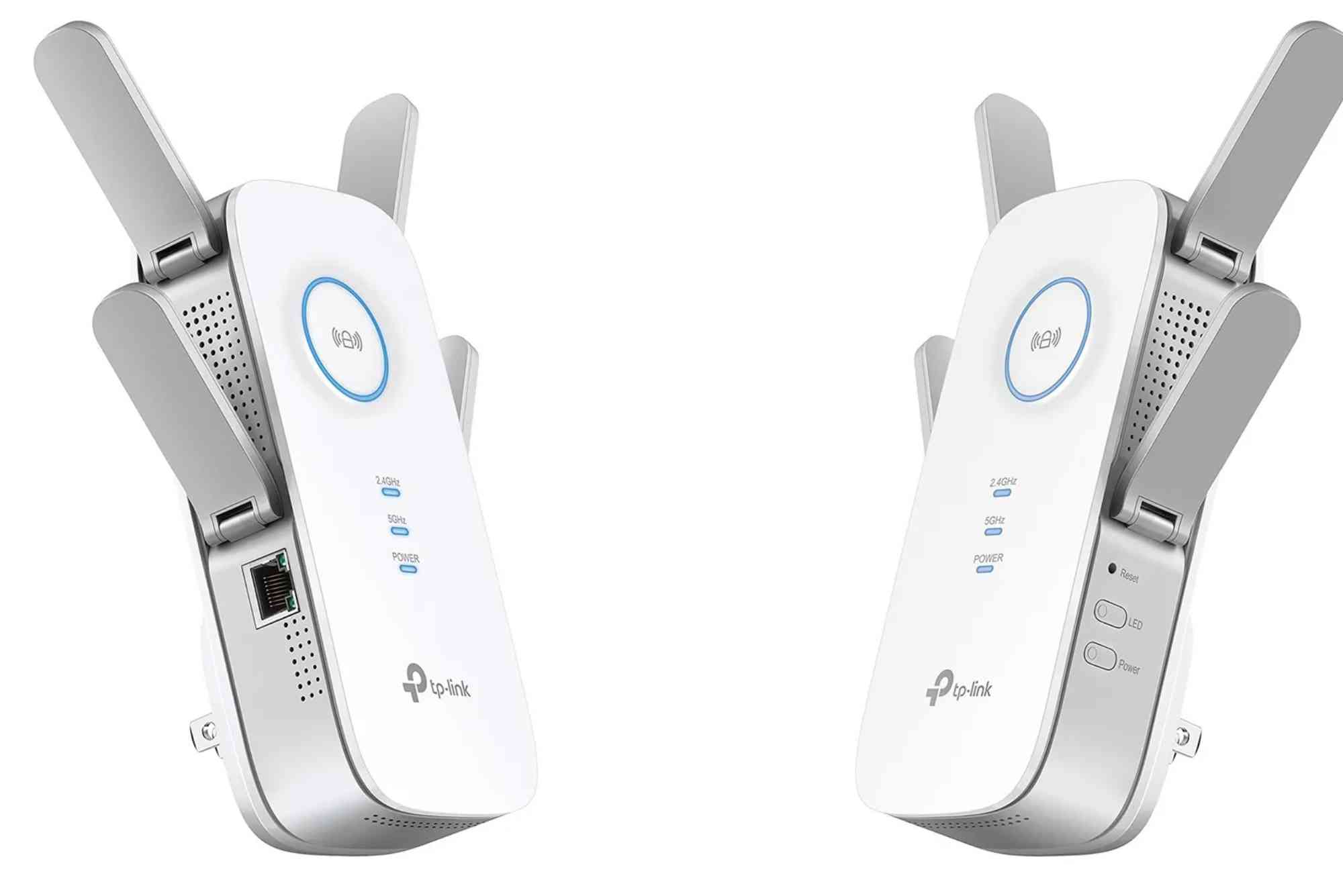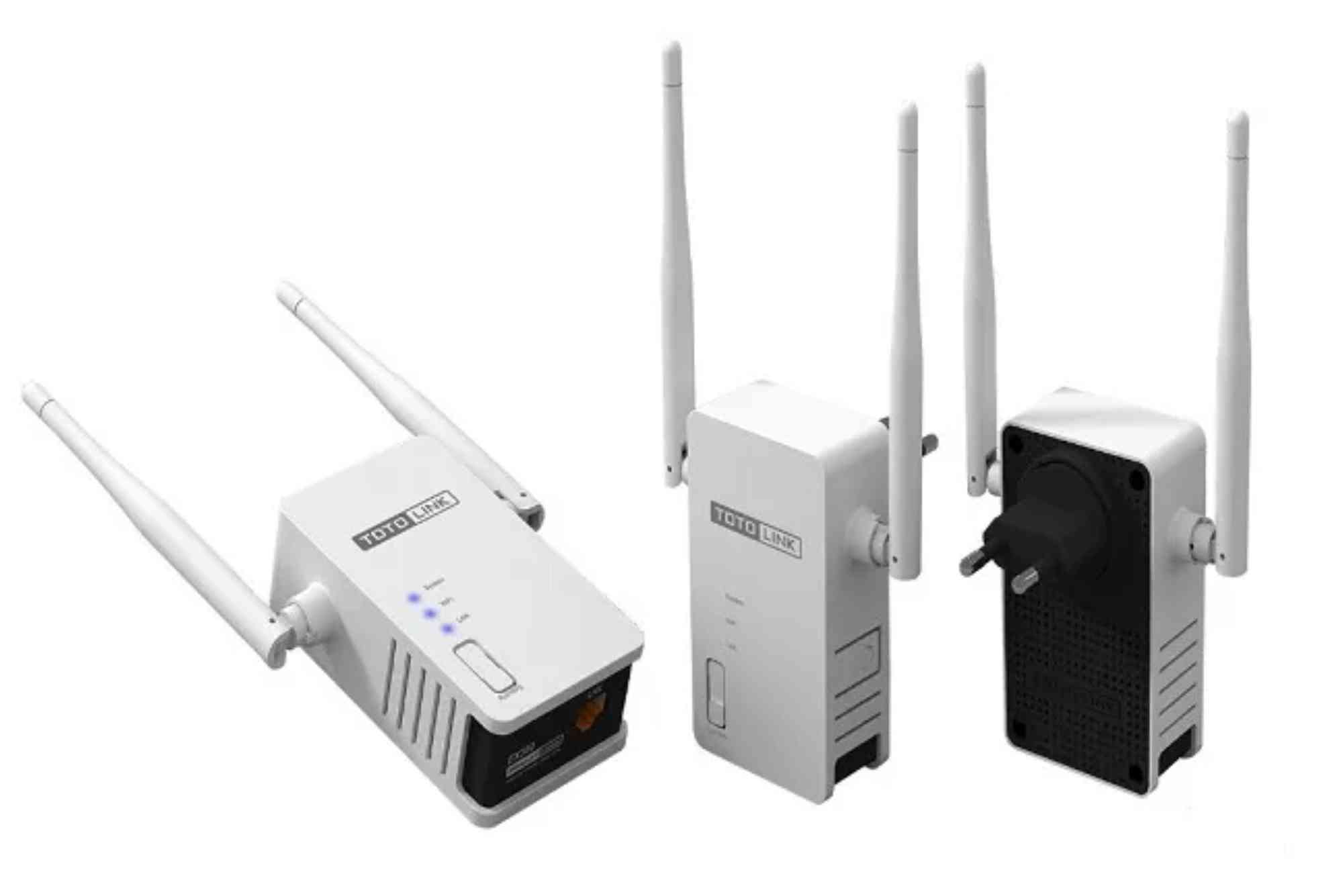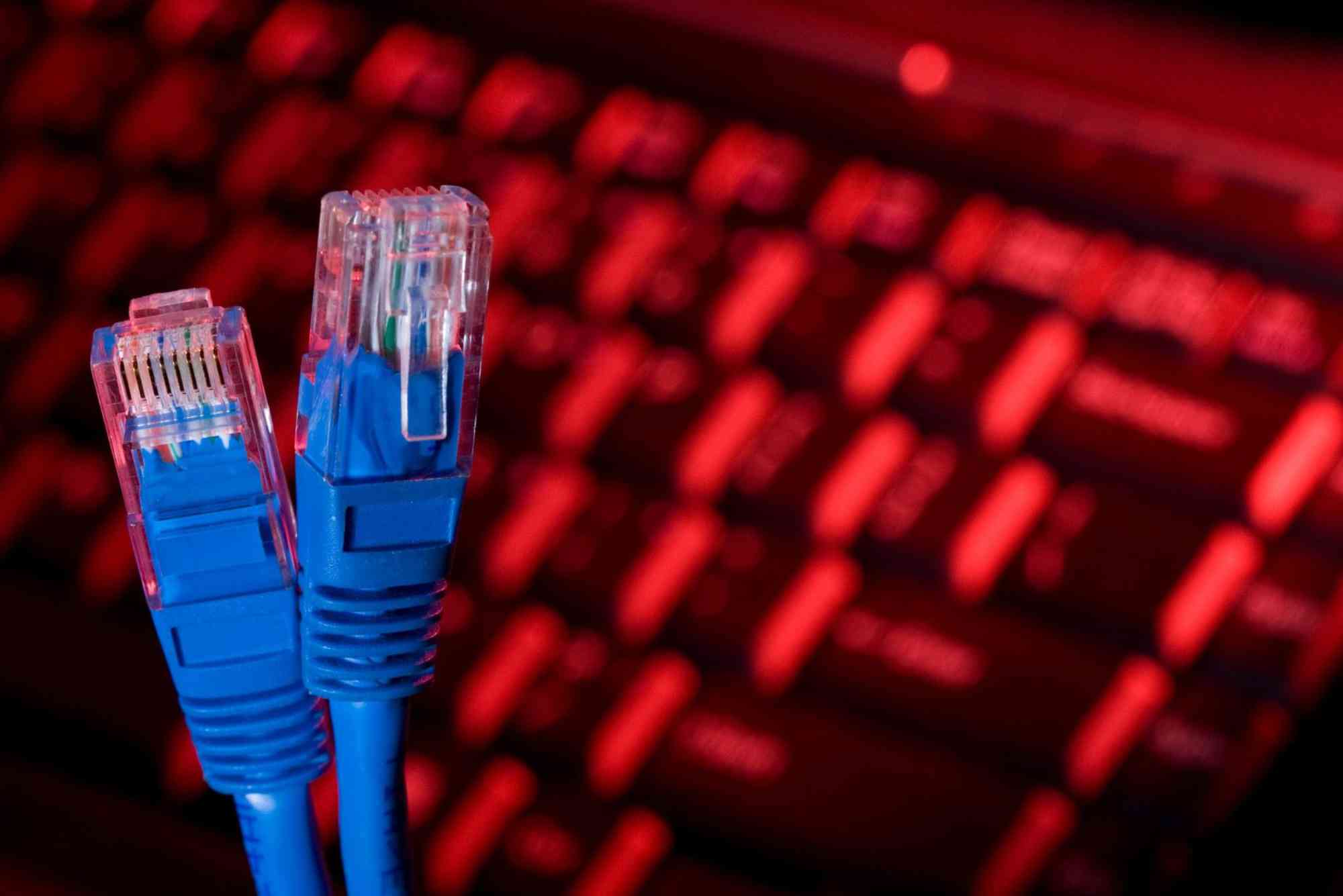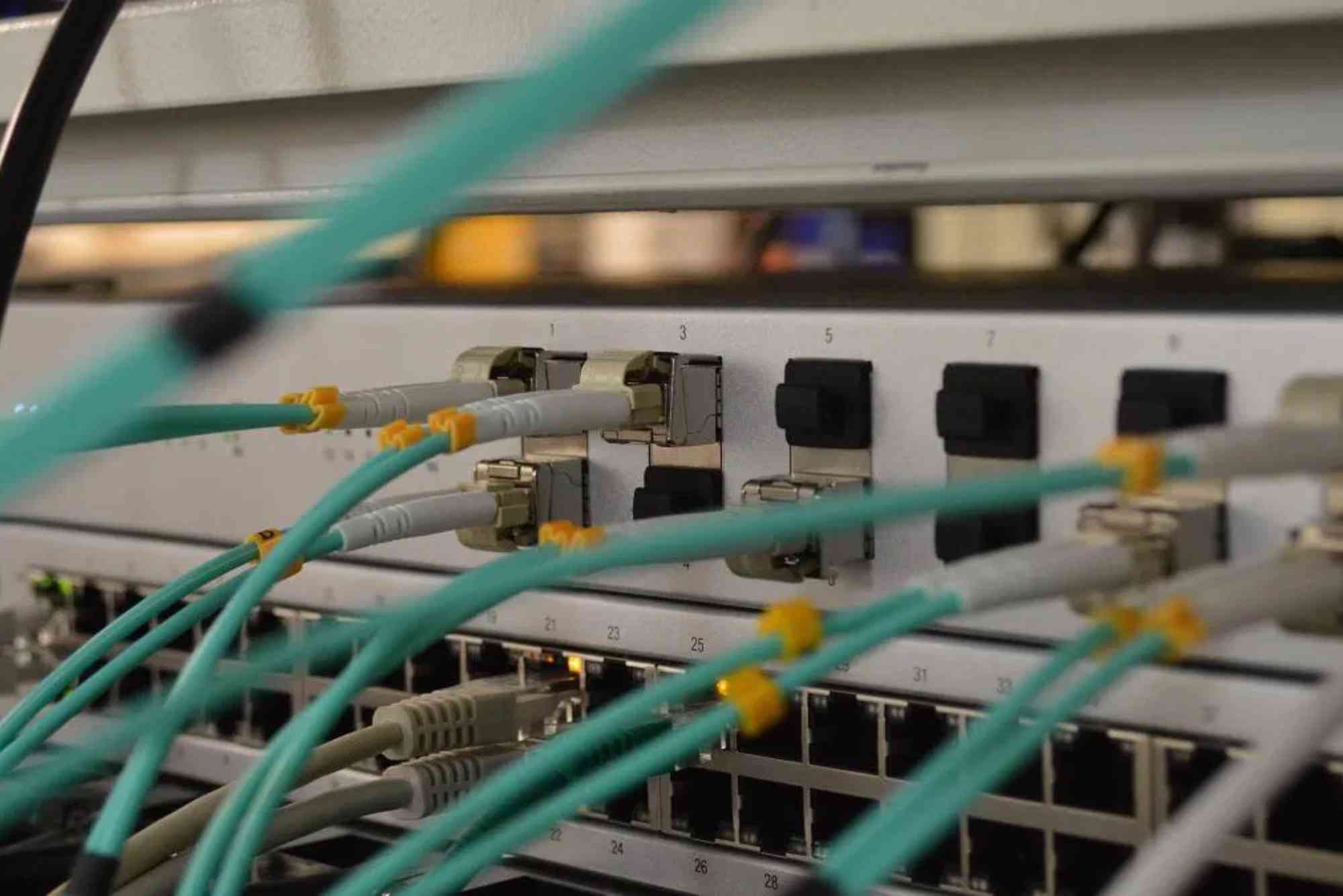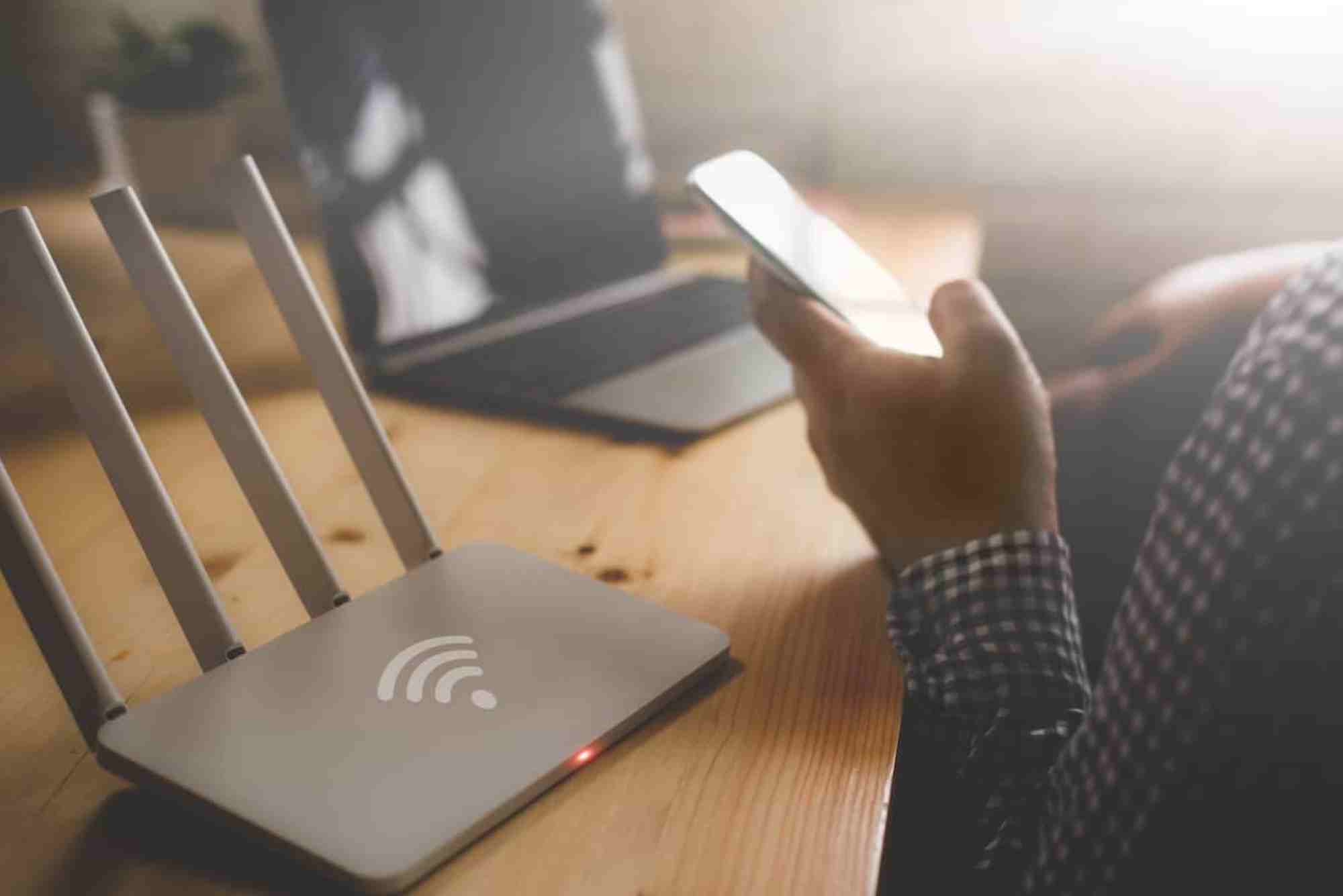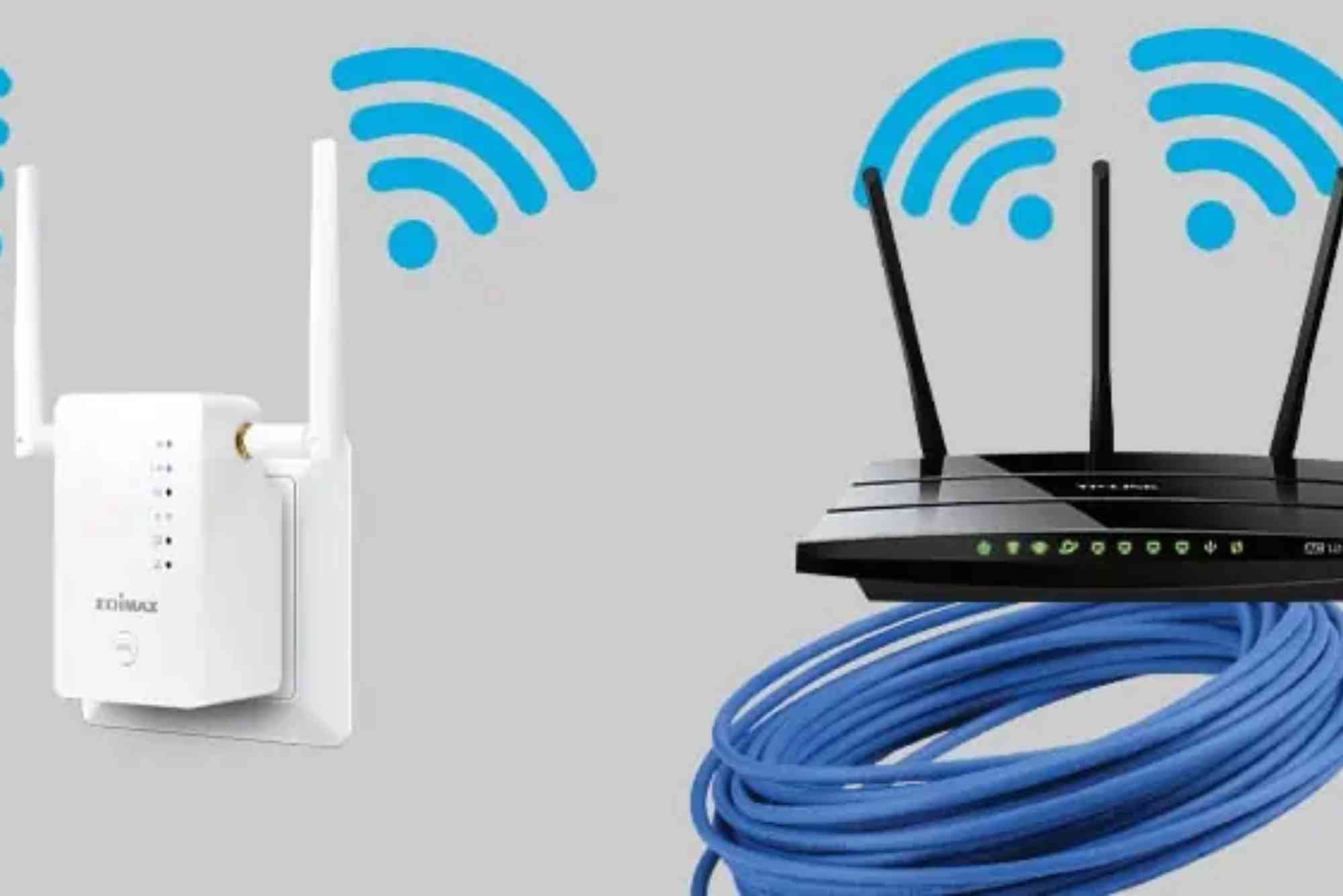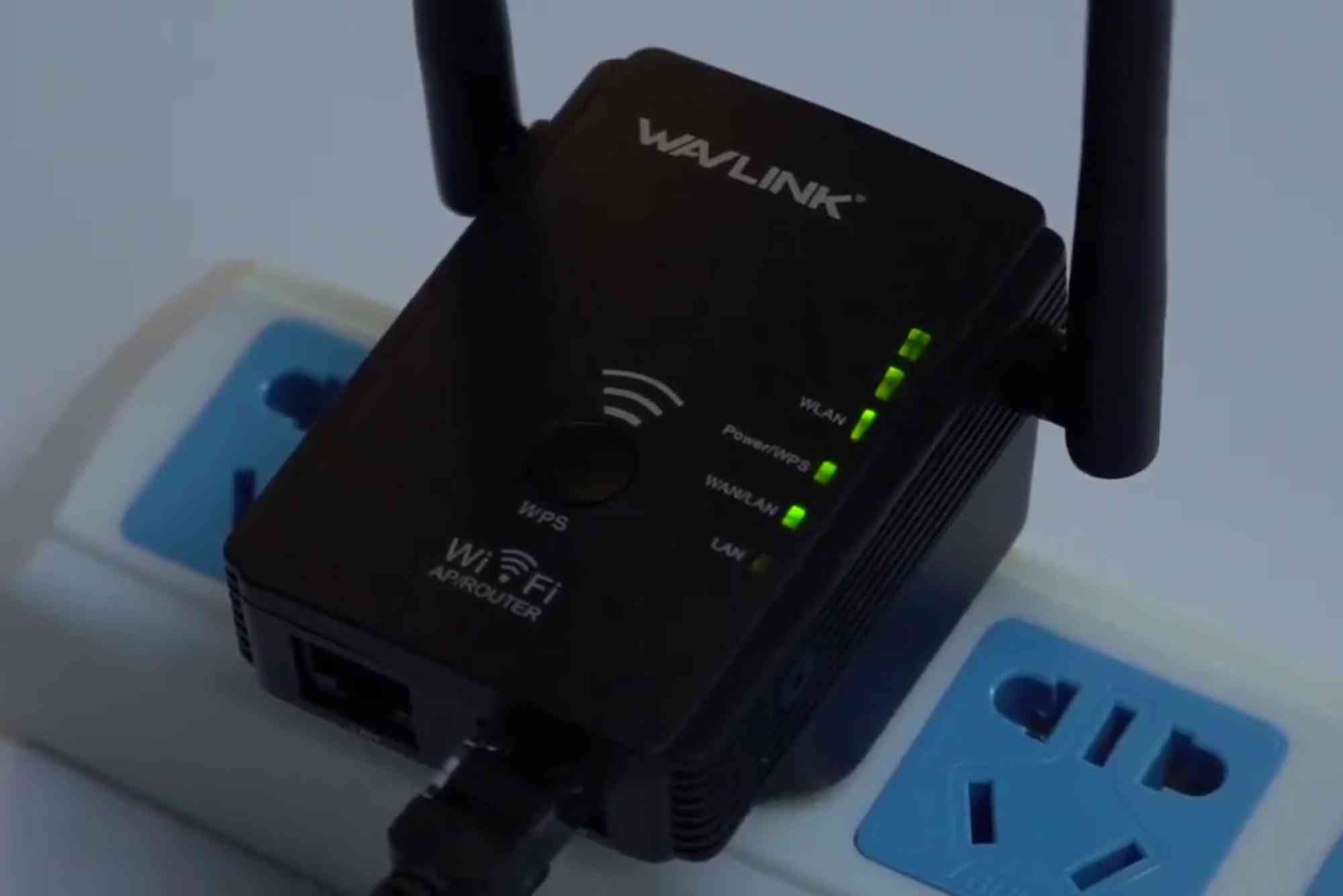How to Fix Device Connecting to the Wrong Wi-Fi Network
In today’s digital world, a stable Wi-Fi connection is essential. But what happens when your device connected to the wrong Wi-Fi network? This common problem can slow down your internet, expose security risks, and create frustration. Fortunately, there are effective ways to fix this issue.
In this guide, we’ll walk you through practical solutions to ensure your devices always connect to the correct network.
Why Devices Connect to the Wrong Wi-Fi
Before solving the problem, it’s important to understand why it happens.
Automatic Network Selection
Many devices automatically connect to the network with the strongest signal. If a nearby Wi-Fi has a stronger signal than your preferred network, your device may switch.
Saved Networks
Devices often save previously connected networks. If your phone or computer recognizes a known network, it may prioritize it over the correct one.
Network Name Confusion
Wi-Fi networks with similar names (SSID) can confuse devices. For instance, “HomeWiFi” and “HomeWiFi_5G” may look identical to your device, leading to wrong connections.
Router Settings and Interference
Routers with overlapping channels or incorrect configurations can push devices to connect to other available networks.
How to Fix a Device Connected to the Wrong Wi-Fi
Here are step-by-step solutions for different devices and scenarios.
Forget Wrong Wi-Fi Networks
On Smartphones (iOS & Android)
- Go to Settings > Wi-Fi.
- Tap the network your device should not connect to.
- Select Forget Network.
- Reconnect to your correct Wi-Fi.
On Windows PCs
- Open Settings > Network & Internet > Wi-Fi.
- Click Manage Known Networks.
- Select the wrong Wi-Fi and click Forget.
- Reconnect to your intended network.
On Mac
- Open System Preferences > Network > Wi-Fi.
- Select Advanced.
- Find the wrong network in the list and click – to remove it.
Prioritize Your Preferred Network
Some devices allow you to prioritize networks so that the preferred one always connects first.
- Windows: Go to Network & Internet > Wi-Fi > Manage Known Networks, then move your correct network to the top of the list.
- Mac: Use the Advanced Wi-Fi settings to drag your preferred network to the top.
- Smartphones: Some Android devices offer a Wi-Fi priority setting in the Wi-Fi preferences.
Rename Your Networks
Avoid confusion by giving your networks unique names. Use simple, distinct SSIDs like Home_5G or LivingRoomWiFi. This reduces accidental connections to neighbors’ networks or older saved networks.
Adjust Router Settings
- Check for SSID Broadcasts: Ensure your router is broadcasting the correct name.
- Separate 2.4GHz and 5GHz Bands: Assign different SSIDs for each band to avoid confusion.
- Set Strong Passwords: Prevent other devices from connecting automatically.
Disable Auto-Connect
Many devices automatically connect to open or known networks. Disabling auto-connect can give you control:
- Android: Settings > Wi-Fi > Tap network > Turn off Auto-connect
- iOS: Settings > Wi-Fi > Tap network > Toggle off Auto-Join
- Windows/Mac: Use Forget Network and reconnect manually when needed.
Update Device and Router Software
Outdated software can cause connectivity issues:
- Update your device’s operating system to the latest version.
- Check your router for firmware updates.
- Restart devices after updates for smooth operation.
Advanced Tips
Use Static IP Settings
Assigning a static IP to your preferred device can help maintain connection stability. Check your router’s manual or device network settings.
Limit Device Connections on Your Router
Many routers allow you to prioritize certain devices or limit connections to a specific network. This ensures critical devices always stay connected to the correct Wi-Fi.
Use a Wi-Fi Management App
Apps like NetSpot or Wi-Fi Analyzer can help identify network interference and signal strengths, making it easier to optimize connections.
Common Mistakes to Avoid
- Ignoring Signal Strength: Weak signals can push devices to alternate networks.
- Using Default Router Names: Generic SSIDs confuse devices.
- Skipping Password Updates: Open networks can invite accidental connections.
A device connected to the wrong Wi-Fi can disrupt your workflow and reduce internet security. By following these practical steps—forgetting wrong networks, prioritizing your preferred network, renaming SSIDs, adjusting router settings, and keeping devices updated—you can ensure a smooth, reliable connection.
Take control of your Wi-Fi today and say goodbye to unwanted connections. For professional guidance and support, consult your local internet provider.
FAQs
Q1: Why does my phone keep connecting to my neighbor’s Wi-Fi?
Your phone may detect a stronger signal or saved network. Forget the network and disable auto-connect.
Q2: How can I stop my laptop from automatically connecting to the wrong Wi-Fi?
Remove the network from saved networks and prioritize your preferred connection in settings.
Q3: Can renaming my Wi-Fi fix devices connecting to the wrong network?
Yes. Unique SSIDs prevent confusion and ensure your devices connect to the correct Wi-Fi.
Q4: What if my router has both 2.4GHz and 5GHz networks?
Assign different names to each band to avoid automatic switching.
Q5: Does updating my device help fix Wi-Fi issues?
Yes. Updates often improve network stability and fix bugs causing misconnections.
For reliable connectivity solutions, professional support, or Wi-Fi optimization, consider consulting experts like Dhanote Internet Services for a hassle-free experience.

